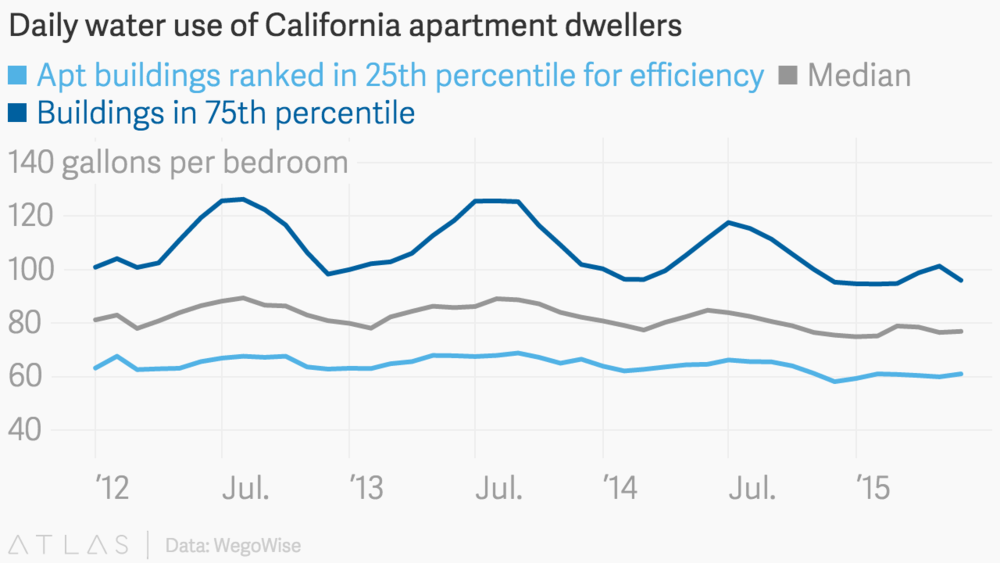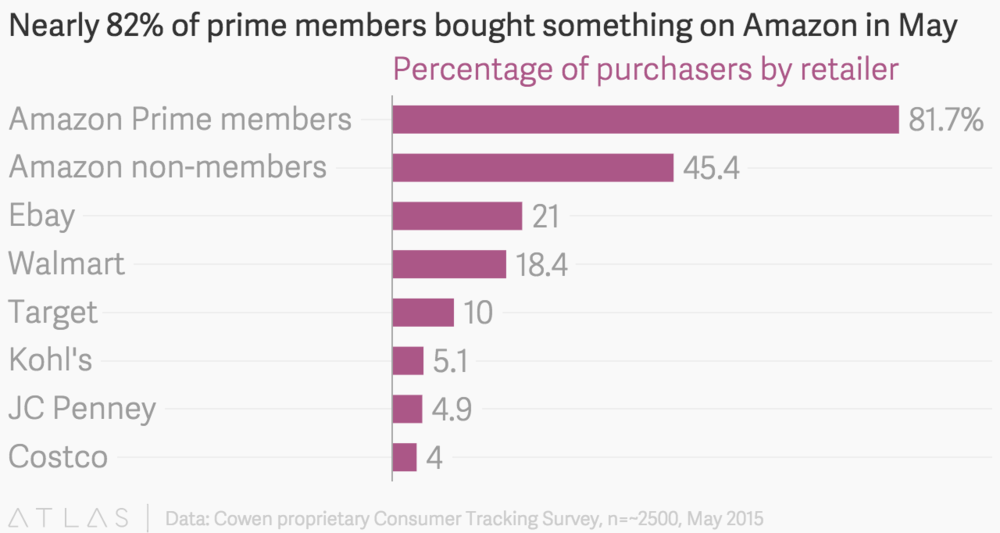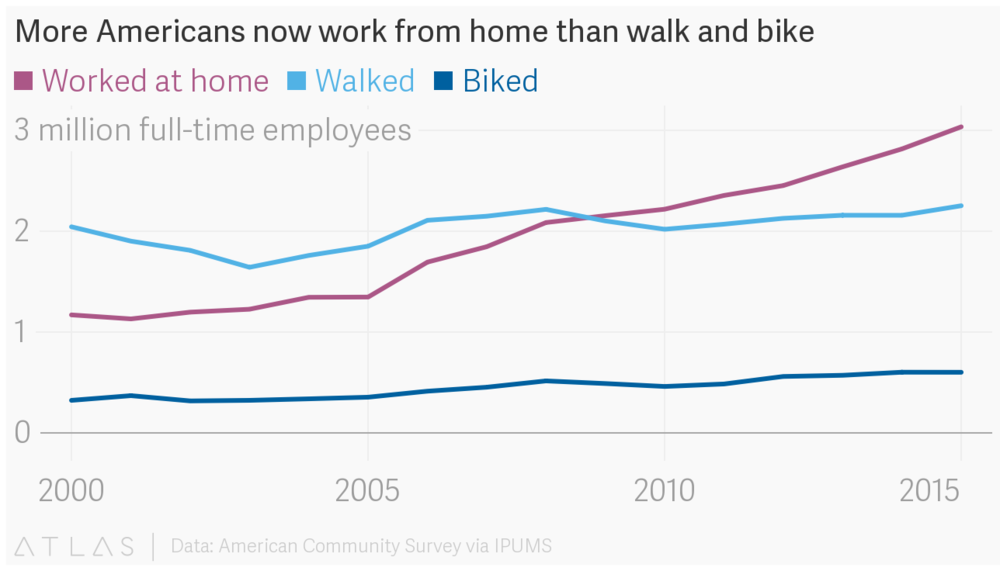How Do You Define Being Data-Driven?
Posted by on April 18, 2017 Marketing Analytics, Data, Education, Business Intelligence, Data Analytics
While going through my Inbox on Monday morning, I momentarily paused on an email sent by Inbound.org. I subscribe to a handful of content digest newsletters, many of which end up either directly in the trash or are archived away to be read at a later time. This email was different. The subject line asked a simple, yet interesting question: What does it mean to be data-driven?
At Chartio, we’re on a mission to enable everyone to explore their data, which means that we want everyone to be data-driven. So this question was inherently interesting to me. Intrigued, I clicked on it. I wanted to know how others defined being data-driven.
The article presented a few data-influenced scenarios:
-
Viewing your performance indicators in the morning
-
Running an A/B test within your product
-
Having a team of data scientists
These are all great things, but as the article suggests, these things don’t exactly make you data-driven. Rather, it suggests that you need to take action or make a decision based on the data presented to you. I’d have to agree.
So, how does one actually become data-driven, what does it mean and what should you be doing with your data?
Give Everyone Access to Data
The first step in becoming data-driven is understanding your data, and that involves having access to your own business data. In a previous blog post titled, The Five False Fears of Democratized Data, it highlighted ways in which data teams have been the gatekeepers to data.
In democratizing data, you’re giving people access to answers, a way to ask business questions and a means to become data-driven. If answers are in the data, not giving people access to data is a disservice to your business. You can’t expect a company to be fully data-driven if only a handful of people with certain permissions are given the ability to explore data.
So, step one in becoming data-driven is data for all. This means that Marketing Operations has access to all their CRM, Marketing Automation and Google Analytics data. Product Managers are able to easily see their number of Daily Active Users, etc.
Here are two ways to ensure that data is democratized across your organization:
-
Audit all your SaaS applications and business data, so you can take stock of all your databases
-
Connect your multiple data source into an analytics solution, like a Self-Service Business Intelligence platform, that meets the needs of your entire organization (from the data to business teams)
Having access to data doesn’t make you automatically data-driven, but you’re on track and now informed by data.
Turn Data into Action
The second part of becoming fully data-driven is turning your data into meaningful actions. While having access to data is invaluable, the true power in data is turning it into powerful actions. Data is an invaluable tool for everyone from CEOs to Investors to Marketing and Customer Success. Every department across an organization should rely on data, and therefore become data-driven.
So, how do you turn data into actions? Start thinking inward. Depending on your business, team and role—think about what are your performance metrics. There are a few relatively simple questions to ask yourself to get started on metric thinking:
-
What do you want to learn from your data?
-
Depending on your role or team, what are you measured on?
-
What data do you have and why do you collect it?
-
What matters most in your role? Sales leads? Conversions? Active users? Digital advertising?
These are only a handful of questions to ask when thinking about metrics and turning data into action.
Let’s say you’re a Growth Marketer and you’ve reached the conclusion of an A/B test of the color of your CTA button on a landing page. 50% of users saw a blue button, while the other 50% saw a green button, what now?
To be data-driven, you have to look at the analytics of what happened. If a majority of the conversion happened with the green button, then the action is clear: implement the green button on every page. That’s being data-driven.
Data is Inherently Visual
When extracted and transformed from its raw form, data becomes an incredibly beautiful learning device. There’s no denying that data visualization has grown in popularity within the past few years. With that, I’ve picked a few visualizations from Atlas, Quartz’s platform for charts and data, for us to practice in becoming data-driven. I’ll present a few visualizations and from the insights learned, we can take action.

(Source: Atlas)

(Source: Atlas)

(Source: Atlas)
Conclusion
Data is invaluable in so many ways. For the visualizations created by Atlas, being data-driven means understanding consumer behaviors and our culture. The action for Atlas is informing us, their audience on interesting statistics. For businesses, being data-driven can be the key to hyper-growth, showing ROI and achieving overall success. So, what’s your definition of being data-driven?


